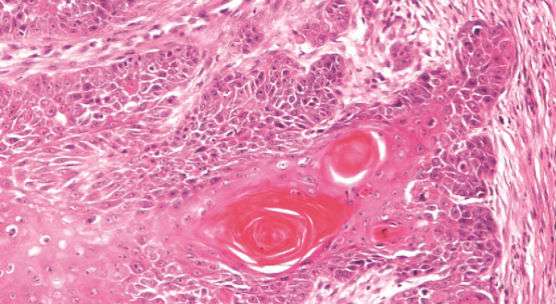Skin cancer model boost for prevention and treatment

Researchers at the University of Dundee have found that skin cancers in mice can closely mirror those found in humans, offering a model that could be used to help develop new drugs and find new ways of preventing the disease.
Skin cancer is the most common cancer worldwide and is on the rise. In the 10-year period from 2001 to 2011, Scotland saw an increase of more than 50 per cent in the incidence of the disease with around 3,000 new cases now diagnosed annually.
In many cases skin cancers can be removed but they are still a major cause of morbidity and mortality, especially in certain high-risk populations such as organ transplant recipients and inflammatory bowel disease patients.
Until now there has been no effective pre-clinical model which could be used to test and develop new treatments and offer detailed study of skin cancer development. Now the Dundee team say they have found that mice could offer new insights for non-melanoma skin cancer.
"There is an urgent need to find an effective method for prevention and treatment, but suitable preclinical models have not been available," said Albena Dinkova-Kostova, Professor of Chemical Biology in the University's Medical School.
"We have developed a new preclinical model of UVR-induced skin cancer. Detailed analyses of the tumour histopathology and deep sequencing of genomic DNA isolated from the tumour tissue revealed that the skin tumours we see in mice accurately represent the human disease.
"We propose the use of this model to further study skin cancer development and test the efficacy of potential pharmacological agents for the prevention and treatment of skin cancer.
"There is a particular need to develop new treatments that could help those in the particularly high-risk groups such as transplant patients."
The research has been funded by Tenovus Scotland (Tayside Region), Cancer Research UK, and the British Skin Foundation. Results of the research have been published in the journal Cancer Prevention Research.
Dr Emma Smith, science information manager at Cancer Research UK, said, "Studying mice to understand how non-melanoma skin cancer develops could provide important clues for developing new treatments.
"Non-melanoma is a common skin cancer and for most people treatment is simple and successful. But for some it can be much more serious, and this research is an important step towards finding better treatments for this group of patients."

















